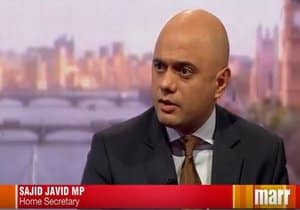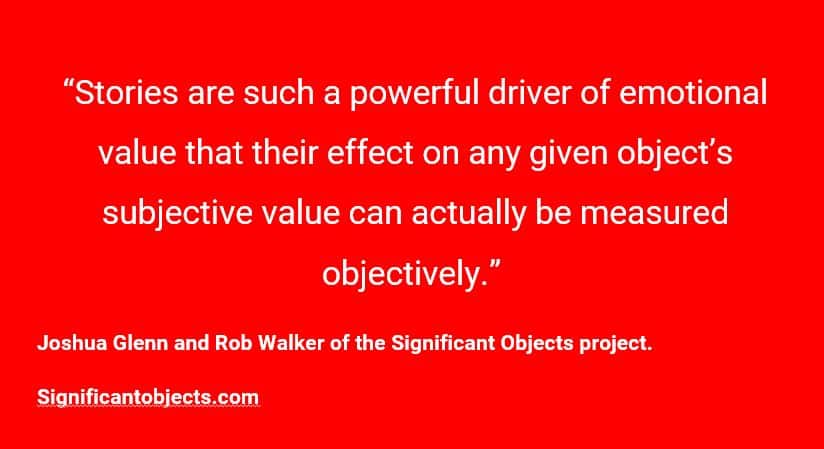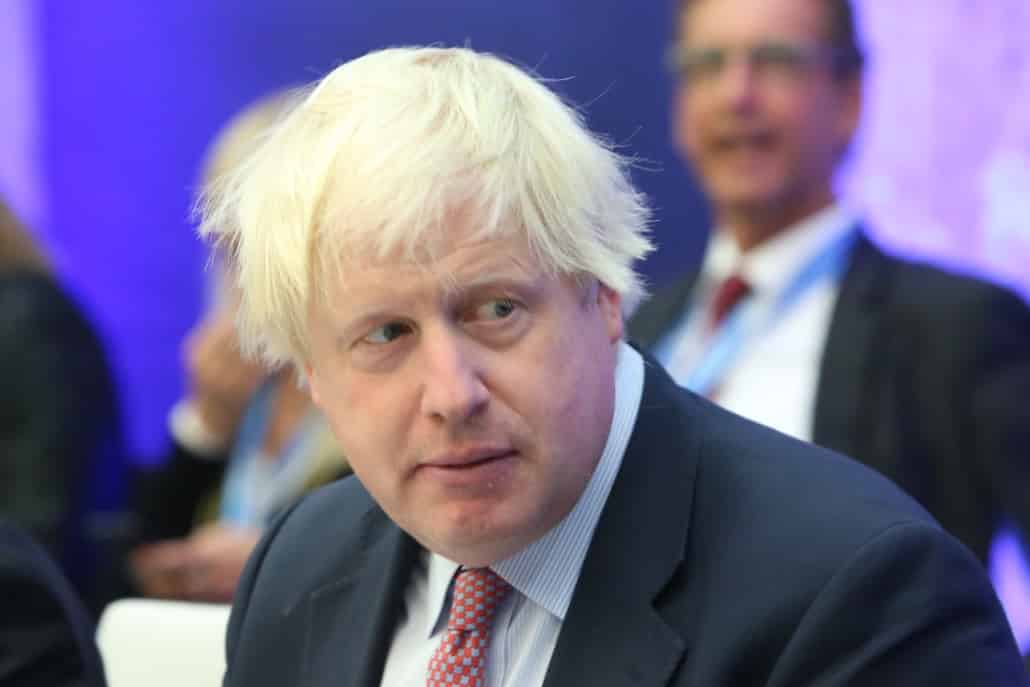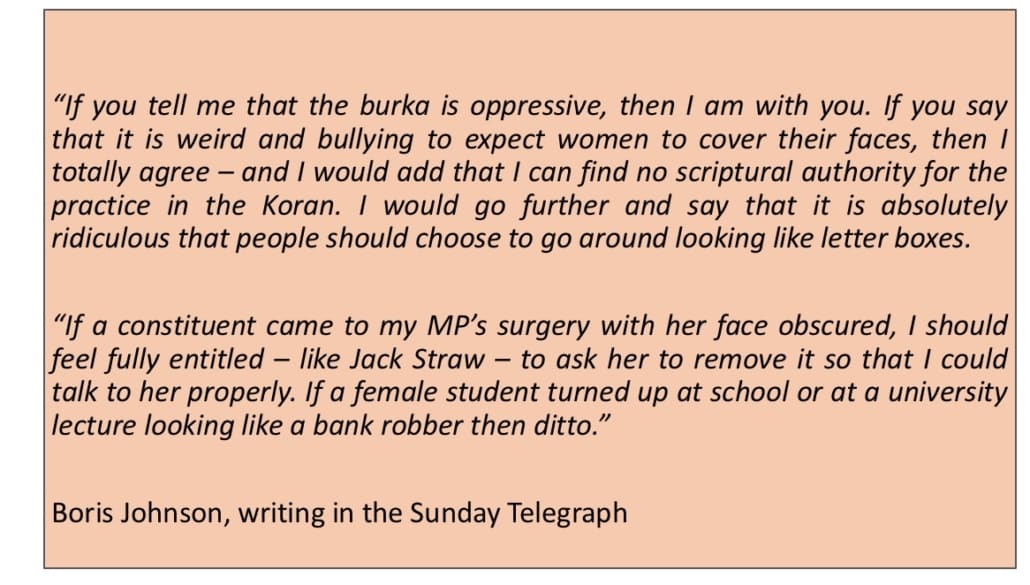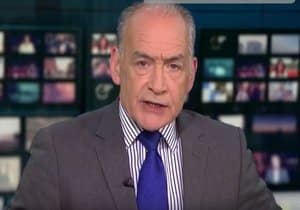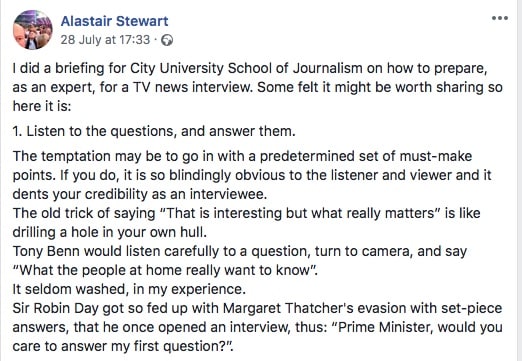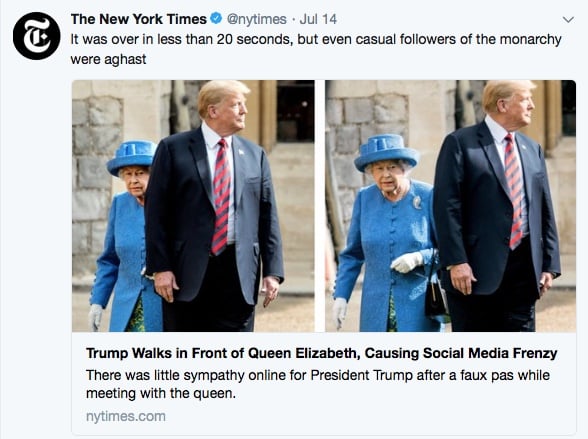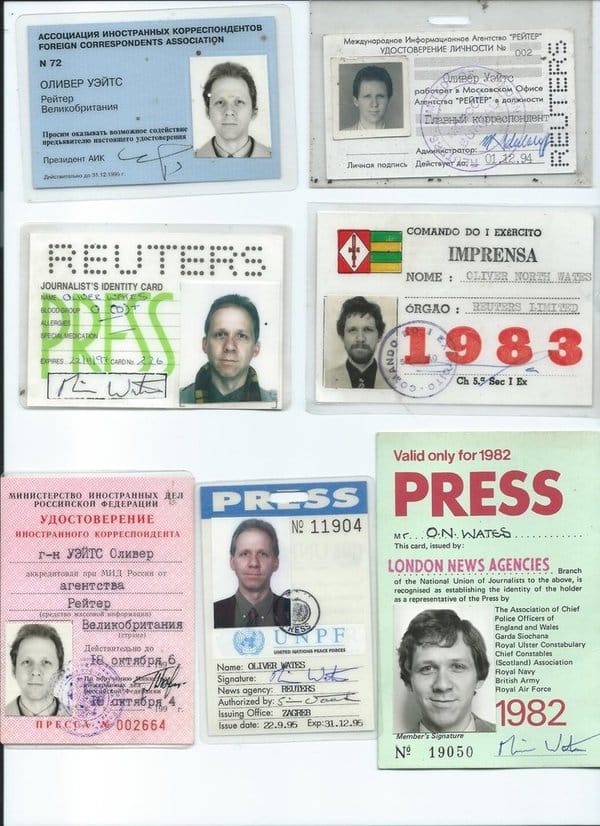Jeremy Hunt Sets Tongues Wagging with USSR Metaphor
When is a metaphor ‘inappropriate’? This is my question of the week.
One speech this weekend seemed to cause more noise and bluster than any other, and that was from the new Foreign Secretary, Jeremy Hunt. In what looked like a calm and reasoned performance, he used a metaphor of the USSR and a prison to make his point that the European negotiators should be more flexible in drawing up the Brexit deal.
Jeremy Hunt Sets Tongues Wagging
Here is the relevant script:
“At the moment you, European friends, seem to think the way to keep the club together is to punish a member who leaves, not just with economic disruption, but even by breaking up the United Kingdom with a border down the Irish Sea…
“The EU was set up to protect freedom – it was the Soviet Union that stopped people leaving. The lesson from history is clear – if you turn the EU club into a prison, the desire to get out of it won’t diminish, it will grow, and we won’t be the only prisoner that wants to escape…”
Choice of Metaphor Widely Criticised
There is a long list of outraged comment …
The Independent: Everything that was wrong about Jeremy Hunt comparing the EU to the Soviet Union.
The BBC: EU diplomats say Hunt’s Soviet comparison ‘insulting’.
Bloomberg: Jeremy Hunt’s Soviet-EU Comparison Is Absurd.
The Guardian: Jeremy Hunt rebuked by EU after Soviet prison comparison.
HuffPost: Jeremy Hunt ‘Misjudged’ Brexiteer Tories With ‘Toe Curling’ EU/USSR Comparison
The Telegraph: Brussels suggests Jeremy Hunt should read a history book after he compares EU to the Soviet Union.
The New European: ‘Shocking failure of judgement’ – Hunt criticised for Soviet Union jibe
Firstly, I want to note – my thoughts on this are not a political comment at all. I am personally a ‘Remainer’, I like Europeans and believe the EU is more good than bad. I like to think I have respect for people that see things differently. I comment in this blog on things in the news that I think are interesting from a communications point of view.
Metaphors are Very Useful in External Comms

So, to be clear, metaphors can be inappropriate. Boris Johnson often pushes the limit for me: and certainly, describing the Chequers plan as a ‘suicide vest’ is to my mind too rich although it clearly plugged into the Bodyguard zeitgeist.
I hear a lot of inappropriate metaphors when we are brainstorming during messaging sessions. They are good for a laugh but will quickly be dismissed by sensible people. They play the role of getting the creative juices flowing.
But for me, Jeremy Hunt did not overstep the mark. USSR and prisons are two separate metaphors in the same section of the speech. He made his point clearly and in a way that threw a new perspective on this very long-running, tedious argument (imagine trying to write a speech that says something new about Brexit).
In fact, I think a lot of the outrage is ‘fake outrage’. More to do with the political polarisation of the day than to do with anyone really being offended.
We should also ask the question: is this level of criticism a good or a bad thing? Most people would instinctively think it is bad. If everyone is condemning your turn of phrase you must have got it wrong, surely. However, as Johnson, Farage, Trump and others have shown us, being controversial gets headlines and seems to win votes. Sometimes, it pays to be outrageous but you need to be the boss or have an understanding boss – and a thick skin. Similarly, of course, it can pay to be outraged. Fake outrage also wins headlines.
Don’t Abandon Metaphors
So amid all the noise, I would like to make my point: don’t abandon metaphors. And also remember that colourful metaphors have an upside as well as a downside. It is all about using metaphors with judgement and above all planning them.
And as proof of the value of metaphor, I refer back to an interview my colleague Catherine Cross spotted, early last month, when Sir Ian Cheshire, the chairman of Debenhams was on BBC Radio 4 Today programme with the sole purpose of stopping rumours that the company was about to go into administration. He said:
“The only analogy I have – it is like having a bunch of nosy neighbours watching your house.
“Somebody sees somebody in a suit going into a room. The second person concludes it’s a doctor, the third person concludes it’s an undertaker and by the time it gets to the end of the day you’ve got cause of death and everyone’s looking forward to the funeral,”
This was widely reported and played its part in helping the share price recover, albeit only temporarily.
My guidelines:
- Look to use metaphors, analogies and similes for external comms
- Plan them
- Keep them short
- Risk assess them, ask others
- Make sure you can say them aloud
If you would like help with message building either for the media or more general external communications we can run a short workshop for you and write up a message house at the end. You get to choose any metaphors!




